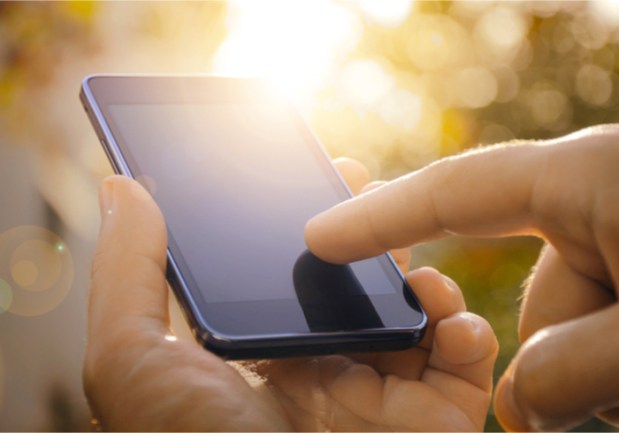Africa’s Internet-Connected Population Provides Opportunity For Mobile Money

In many parts of sub-Saharan Africa, almost 90 percent of all payments and transactions are based on cash. But there is a large opportunity to increase mobile money penetration, as two-thirds of the region is adopting mobile phones. Companies like Cellulant are tapping into this market by digitizing payments in an effort to provide increased reach and transparency for players in the financial sector.
While the lives of about 700 million people in Africa revolve around sectors such as agriculture, there are many challenges that both businesses and consumers face — African consumers have limited options when it comes to making payments and merchants cannot efficiently and effectively collect payments.
To tackle this challenge, Cellulant seeks to facilitate payments for consumers, retailers, merchants, banks, mobile network operators, Governments and International Development partners by providing a unified eCommerce and digital payments platform. For merchants, the company provides a single application program interface (API) and a single connection that will enable local and global merchants to collect multiple payment options covering 162 payment methods. And, for banks and mobile wallets, the company seeks to provide a single point of connection for consumers to pay more than 600 merchants.
“All that is delivered [in a] few lines of code,” Cellulant Group Chief Strategy Officer David Waithaka told PYMNTS in an interview. “We have seen double-digit growth of online sales for particular merchants on availing local relevant payment methods.”
At the same time, consumers in Africa are increasingly getting connected to the internet. The region is seeing a 35.2 percent internet penetration rate, with 453 million users already connected, and is growing at a rate of 20 percent year-over-year (YoY). And, as governments lay down fiber cables and initiatives like Facebook Express Wi-Fi and Google Loon take hold, the internet penetration rate is rising. Amid these changes, the smartphone penetration rate is projected to be 26 percent this year.
Even though online payments in Africa last year were estimated at $48 billion, a whopping 98 percent of them were made in cash. By comparison, credit card penetration stood at only 1.5 percent, and bank account penetration was at 22 percent. But, according to Waithaka, “in regions where financial inclusion is limited, mobile money promises a lower-cost, more scalable alternative to traditional banking.”
